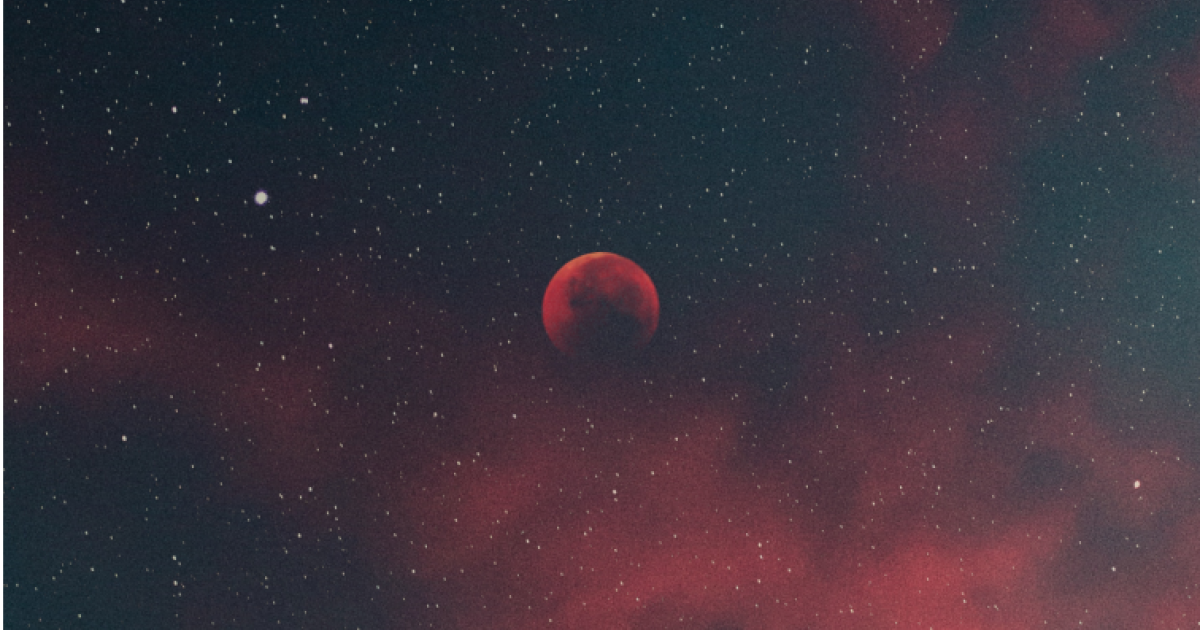Venus’ atmosphere has long been of interest to planetary researchers, and exploring it could be the key to understanding its past, mapping its current state, but also to discoveries beyond our solar system. The study of the planet’s atmosphere by German researchers was published in the journal Nature Communications, which included the exciting discovery that not only had they detected oxygen around the planet – because this had actually happened before – but they were also able to pinpoint its location.
Was there life or not?
Heinz-Wilhelm Hubers of Humboldt University in Berlin led by Observations of atmospheric temperature, cooling processes, and wind speed. With the help of measurements, we can better understand why the atmospheres of Earth and its sister planet Venus are so different from each other. The detected oxygen may also prove that Venus was once wet and warm, and may have been habitable, at least more habitable than it is today. Although a study two years ago found that the planet never cooled enough for water to remain liquid on its surface.
There is a lot of oxygen in the upper layers of the Earth’s atmosphere, which contributes greatly to the energy balance and cooling of the Earth. It is created when light impacts ozone or nitrogen dioxide molecules.
In 2021, Professor Hubers and his colleagues began studying atomic oxygen in the Earth’s upper atmosphere from the Stratospheric Observatory for Infrared Astronomy (SOFIA), which was located on board an aircraft.
The Boeing 747 flew a reflecting telescope 12-14 kilometers above the Earth’s surface to measure the composition of the atmosphere. At this altitude, water vapor has already escaped from the atmosphere, which would have prevented an accurate analysis.
The same method was used to measure the atmosphere of Venus. The planet’s atmosphere is mostly carbon dioxide, so scientists have long known that the planet also contains oxygen. Evidence of oxygen in the upper layers of Venus’ atmosphere has been found before, but data on its distribution, especially during daylight hours, was not available.
Endless pink Monday
Because the orbit of Venus is closer to the Sun than Earth, it appears east of the Sun for a few months and west of the Sun for a few months after that. One day on this planet is equivalent to 243 Earth days, during which day turns into night, as carbon dioxide and carbon monoxide in the atmosphere are decomposed by sunlight into oxygen. It is then swept around the planet by atmospheric circulation.
SOFIA surveyed 17 sites in the planet’s atmosphere, nine on the night side, seven on the day side, and one between day and night. Oxygen was present in all 17 places. Its highest concentration is 90-120 kilometers above the surface of Venus.
If there was water on its surface, it would evaporate as the planet’s temperature rose.
It is possible that the hydrogen atoms separated from the oxygen atoms and were lost to space, but the oxygen could still remain near the planet. According to the researchers, this oxygen now present in the atmosphere may have been the dominant element in the planet’s water in the past. If there really was water, the planet could be habitable.
To explore this more precisely, new missions to Venus will be launched, one of which will be DAVINCI, which will be launched in 2031, at the same time as the spacecraft orbiting Venus called VERITAS. As part of the project, they will drop a probe by tugging Venus onto its rocky surface, while at the same time conducting atmospheric studies and surface mapping of the planet, such as testing its hydrogen isotope ratio, a sufficiently accurate method. To prove whether the planet once contained water. There has not been an example of a successful mission since the Magellan space probe mission in the 1990s.










































